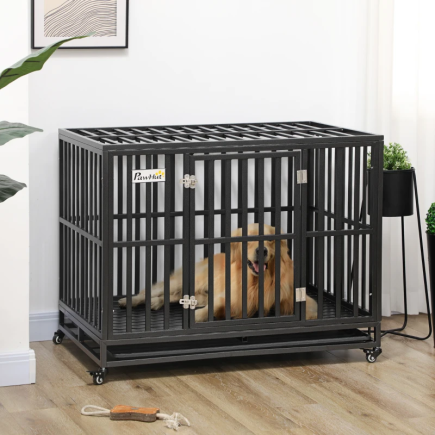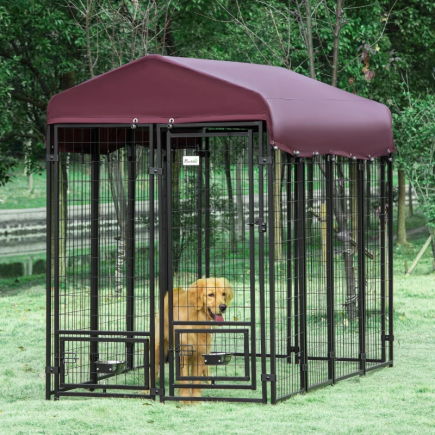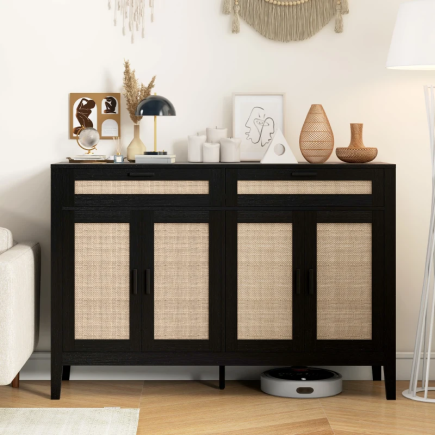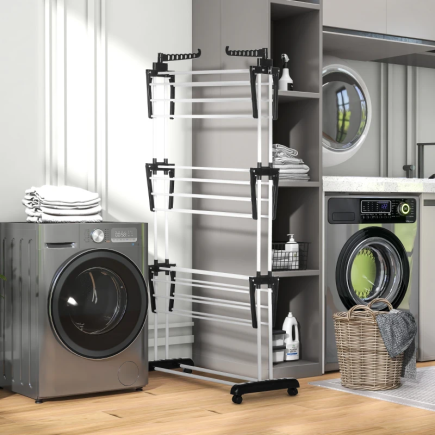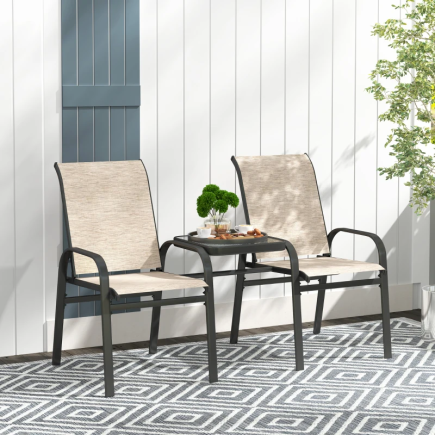A mini fridge may be compact, but with the right approach, it can pack a serious punch when it comes to efficiency and convenience. Whether you’re a student living in a dorm, managing snacks in a home office, or using it as overflow storage in a busy kitchen, an organized mini fridge makes everyday life easier. But without a smart system, these small spaces can quickly turn chaotic, wasting food, time, and valuable storage potential.

Start with a Full Clean-Out: Reset Your Mini Fridge
A cluttered fridge not only wastes space, it leads to spoiled food, bad smells, and a frustrating search for your next snack. The first step in organizing a mini fridge is to reset the space completely.
Sort and Categorize All Food Items
Now that your fridge is clean, it’s time to sort through what you’ll put back. Grouping items helps you see what you have and where it should live.
Common Food Categories:
| Category | Examples |
| Dairy | Milk, cheese, butter, yogurt |
| Produce | Fruits, vegetables, pre-cut salads |
| Beverages | Juice, bottled water, sparkling drinks |
| Condiments | Mustard, ketchup, salad dressings |
| Leftovers | Cooked meals, prepped lunch, stored portions |
| Snacks | Granola bars, hummus, sliced fruit |
| Meats | Deli meat, bacon, raw poultry (bottom shelf) |

Helpful Tip: Use shallow baskets or clear bins to keep these categories tidy and visible.
Remove Expired, Duplicate, and Bulky Packaging
Even in a mini fridge, it’s common to find duplicate bottles of sauce or big boxes with very little product inside. These eat up valuable space.
What to Do:
- Check expiry dates on all items.
- Combine duplicates if safe (e.g., half-used condiment bottles).
- Remove oversized packaging, especially cardboard, and store contents in clear bins or containers.
- Toss items that are spoiled, rarely used, or likely forgotten.
This step is essential in creating room for a layout that works.
Understand Temperature Zones Inside a Mini Fridge
Not every part of your mini fridge maintains the same temperature. Knowing this helps you store items more safely and keep them fresher longer.
Fridge Temperature Zones Breakdown:
| Zone | Ideal Items |
| Top Shelf | Ready-to-eat foods, leftovers, yogurts, snacks |
| Middle Shelf | Beverages, pre-cut fruits, dips |
| Bottom Shelf | Raw meats, fish, and anything that could leak |
| Door Shelves | Condiments, sauces, juice, bottled water |
| Crisper Drawers | Fruits and vegetables (separated if possible) |
Apply the FIFO method: First In, First Out. Place older items at the front, newer items in the back.
Helpful Tip: Use drawer dividers for snacks, cheese, or kid-friendly zones to avoid mixing categories.
Choose the Right Bins and Organizers
The right tools can transform a cramped space into a well-oiled system.
Recommended Organizers:
| Organizer Type | Use Case |
| Clear stackable bins | Ideal for snacks, dairy, or meal preps |
| Lazy Susan (turntable) | Perfect for condiments or jars in tight corners |
| Sliding bins | Helpful for accessing deep areas without removing items |
| Can dispensers | Store drinks without wasting space |
| Egg trays | Keep eggs visible and protected |
| Bottle stackers | Layer bottled drinks without rolling |

Helpful Tip: Measure shelf space before buying any organizers to ensure proper fit.
Label Everything for Easy Access and Rotation
Even a small fridge can turn into a mystery box without clear labels. Labelling creates a visual system that helps everyone in your household know what’s what.
What You Can Label:
- Bins (e.g., “snacks,” “dairy,” “lunches”)
- Leftovers (label with date)
- Meal preps (what’s inside + expiry)

Use dry erase labels, masking tape, or reusable fridge-safe stickers.
Maximize Vertical Space with Shelf Risers and Hooks
Mini fridges don’t give you much room, but you can often double your storage by going vertical.
Vertical Maximizing Tools:
- Wire shelf risers: Create a second level on a shelf.
- Under-shelf baskets: Slide onto an existing shelf to hold small items.
- Magnetic hooks or clips: Stick to fridge walls for utensils, small bags, or notes.
Helpful Tip: If your fridge has adjustable shelves, consider re-spacing them to accommodate taller bottles below and short bins above.
Use Crispers Properly: What Goes Where
The crisper drawer isn’t just for throwing in whatever’s left, it’s designed for produce, but the trick is understanding how to divide it up.
Storage Suggestions:
| Crisper Drawer Setup | Best Use |
| One Drawer | Use produce bags or bins to separate fruits and veggies |
| Two Drawers | One for fruits (low humidity), one for vegetables (high humidity) |
Helpful Tip: Avoid placing raw meat or drinks in these drawers, it leads to contamination or damage.
Avoid Overcrowding and Promote Air Circulation
Packing everything in tightly might seem efficient, but it actually blocks airflow, leading to uneven cooling and food spoilage.
Keep in Mind:
- Leave space around bins and items for air to move.
- Don’t stack food above the fridge’s back vents.
- Avoid storing room-temperature items that release moisture or heat.
Helpful Tip: Stick to shopping for 1-2 weeks at a time, rather than overstocking.
Smart Storage Tips for Condiments and Small Items
Condiments often take up too much door space. Here’s how to reduce clutter without tossing what you love.
Hacks:
- Repurpose egg cartons to hold squeeze bottles upside down.
- Use small trays to keep similar sauces together (e.g., hot sauces, salad dressings).
- Toss what you don’t use, those five half-used jars of pickles aren’t helping.
Tailor Your Layout to Lifestyle or Household Use
The best mini fridge setup reflects your personal or shared needs.
Example Layouts:
| Household Type | Layout Suggestion |
| Shared Office Fridge | Labelled zones for each person + shared condiments zone |
| Meal Preppers | Clear bins or trays with prepped meals by day |
| Family Kitchen Overflow | Drinks + dairy in main space, condiments on the door, produce in drawers |
Long-Term Habits That Keep Your Mini Fridge Functional
The key to longevity is routine. Small habits add up to a clean, functional, visually pleasing mini fridge all year round.
Habits to Keep:
- Deep clean seasonally (every 3 months).
- Replace worn organizers.
- Adjust zones when food habits change (e.g., summer vs. winter meals).
- Reassess what items really belong in the fridge vs. pantry
A well-organized Mini Fridge saves space, minimizes waste, and adds convenience to your daily routine. By categorizing items, creating clear zones, and using smart storage solutions, you can make the most of even the smallest fridge. Consistent organization and small habits go a long way in keeping your mini fridge efficient, tidy, and ready for everyday use.
FAQs
1. How to maximize a mini fridge?
Make use of the often-wasted space beneath shelves by adding slide-on drawers. These handy organizers, easily found on Amazon, let you store small items neatly under each shelf.
2. Can you put heavy things on top of a mini fridge?
It’s best to avoid placing heavy or breakable items like glassware or ceramics on top of a mini fridge, as they can fall and cause injury or damage.
3. Can you store raw meat in a mini fridge safely?
Yes, but always keep raw meat on the lowest shelf in a sealed container to avoid leaks and cross-contamination with other foods.
4. How do I reduce odor in a mini fridge?
Use an open box of baking soda or activated charcoal to absorb odors. Regular cleaning and sealing food containers tightly also help.

